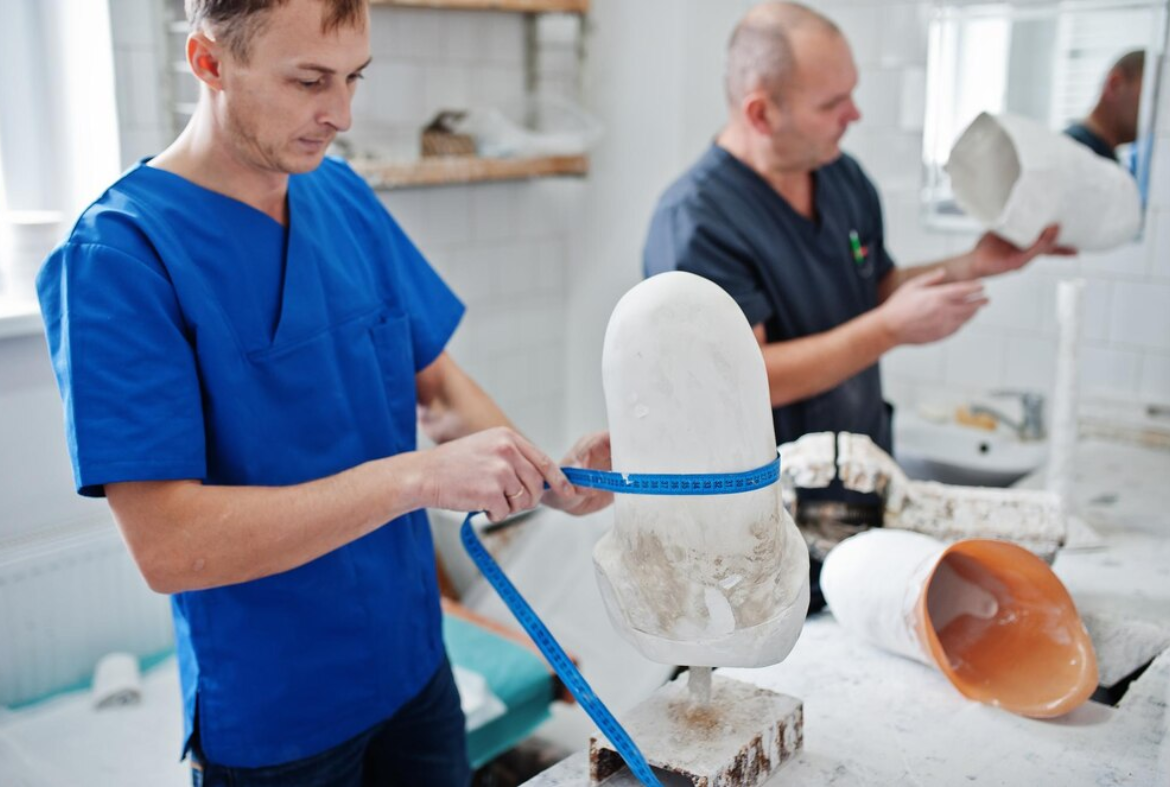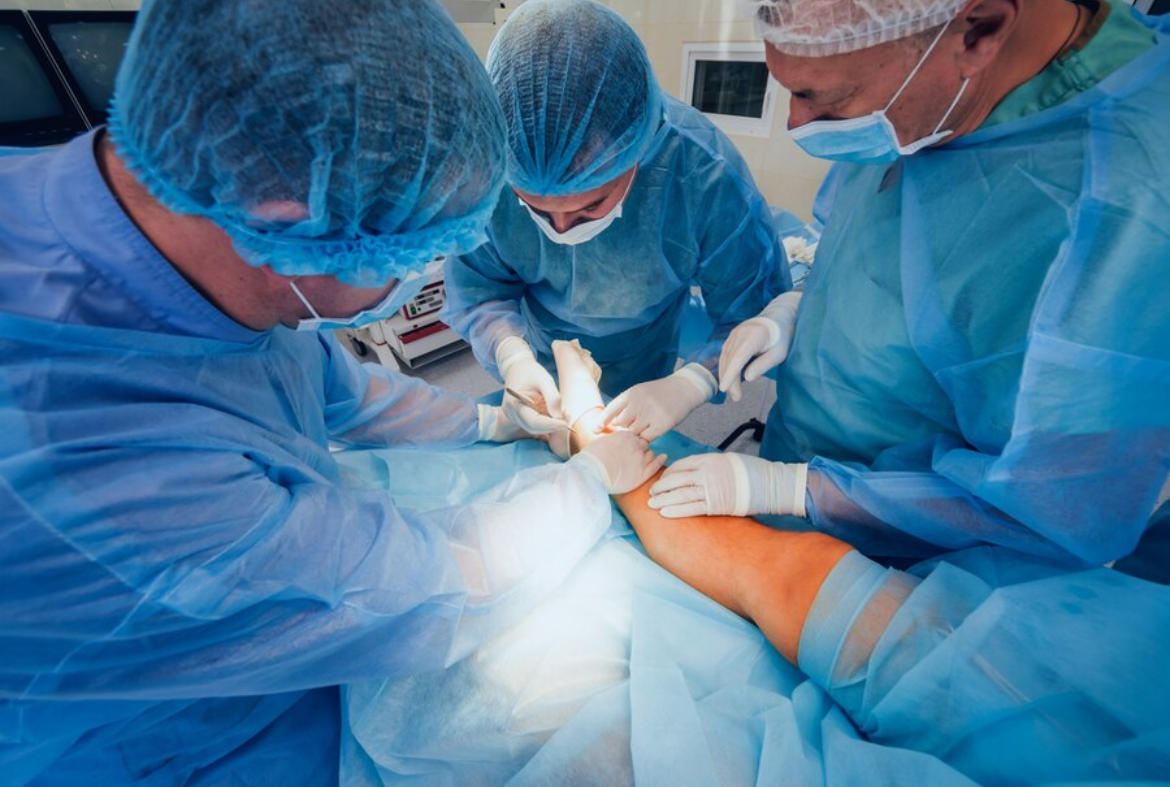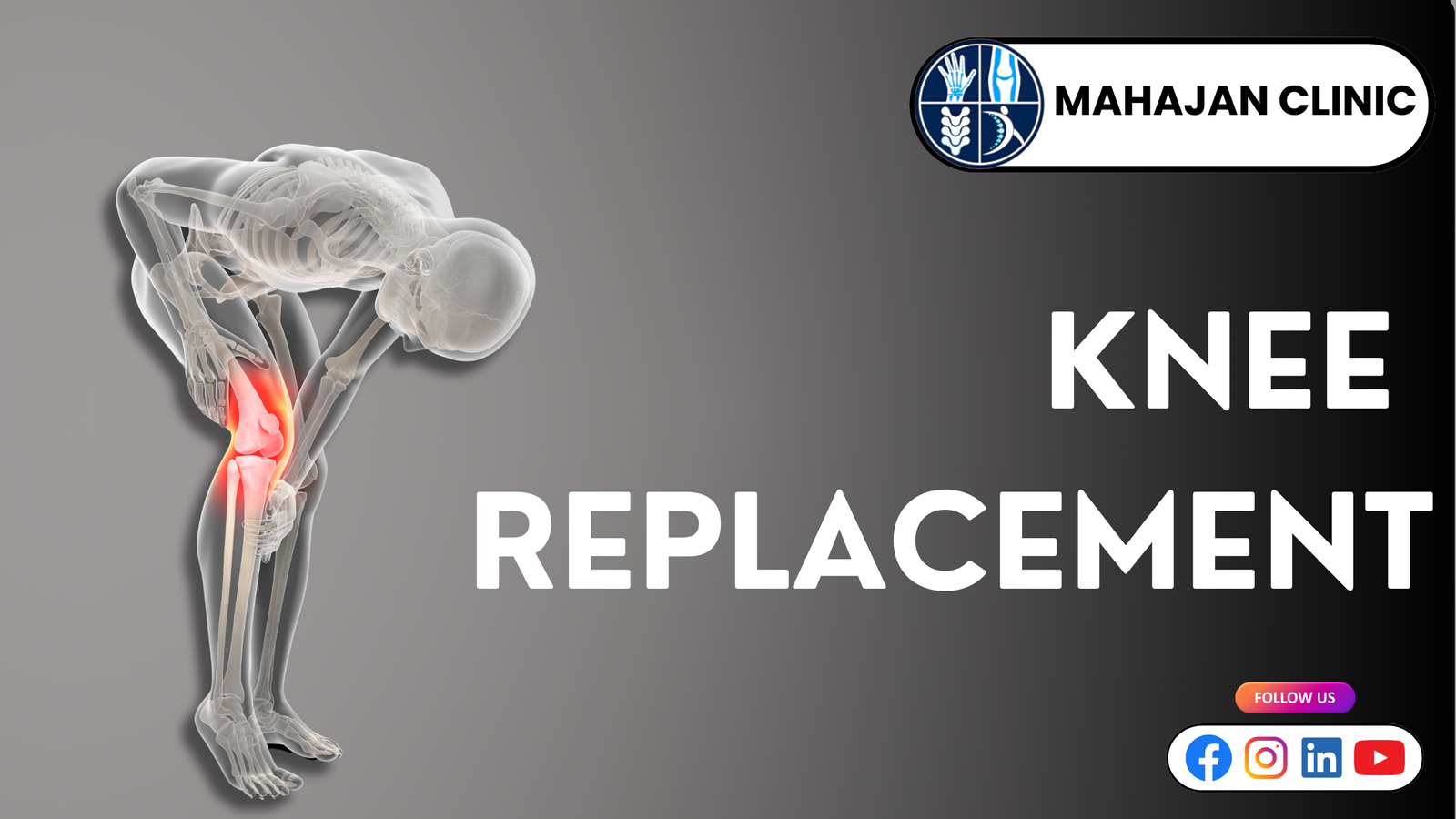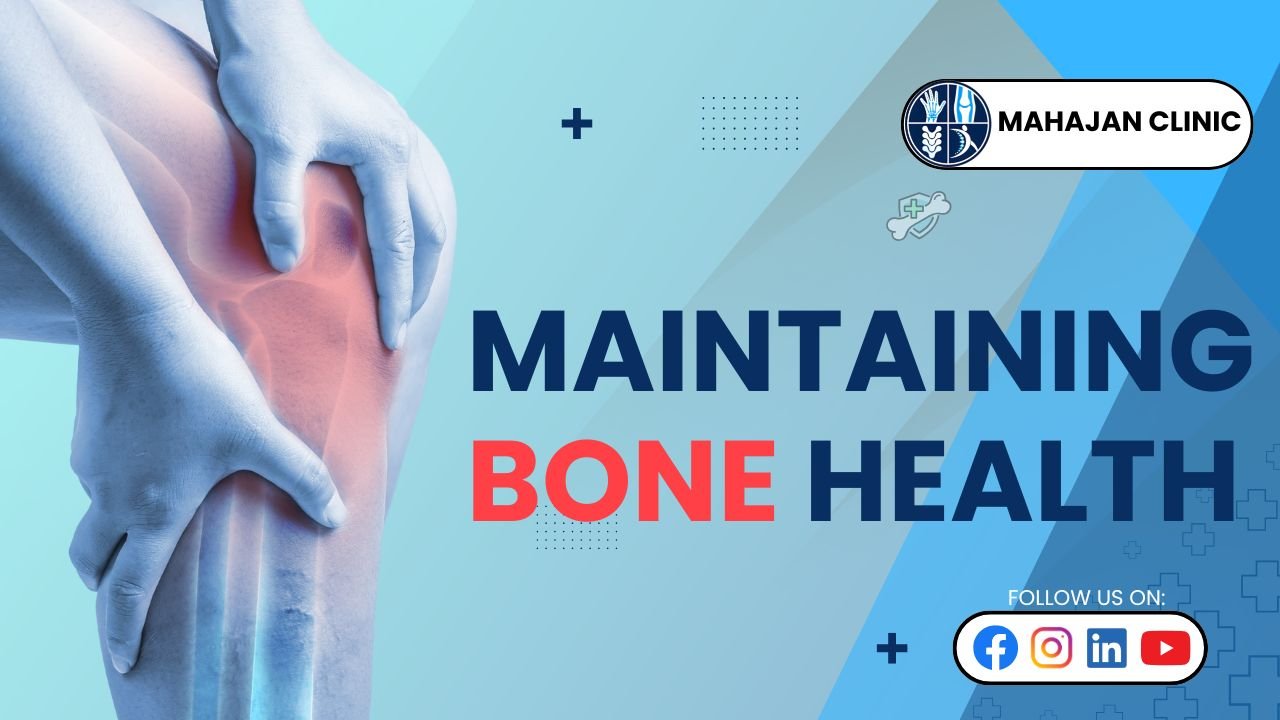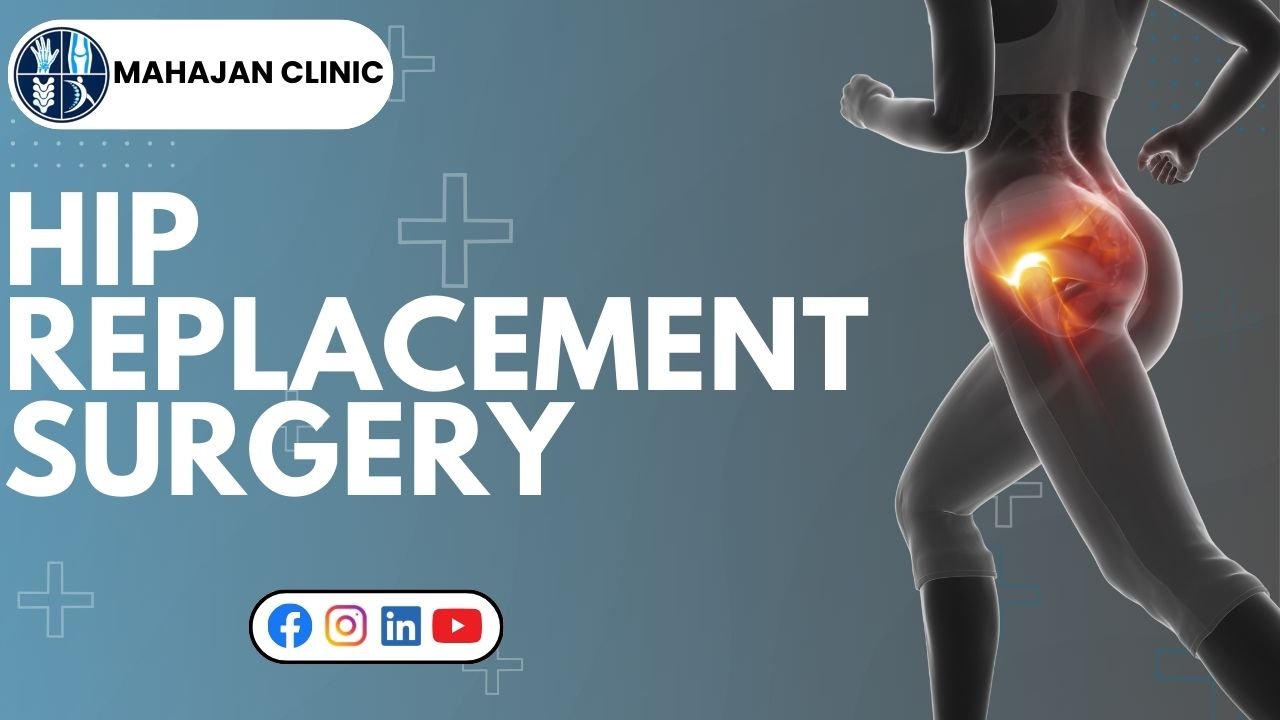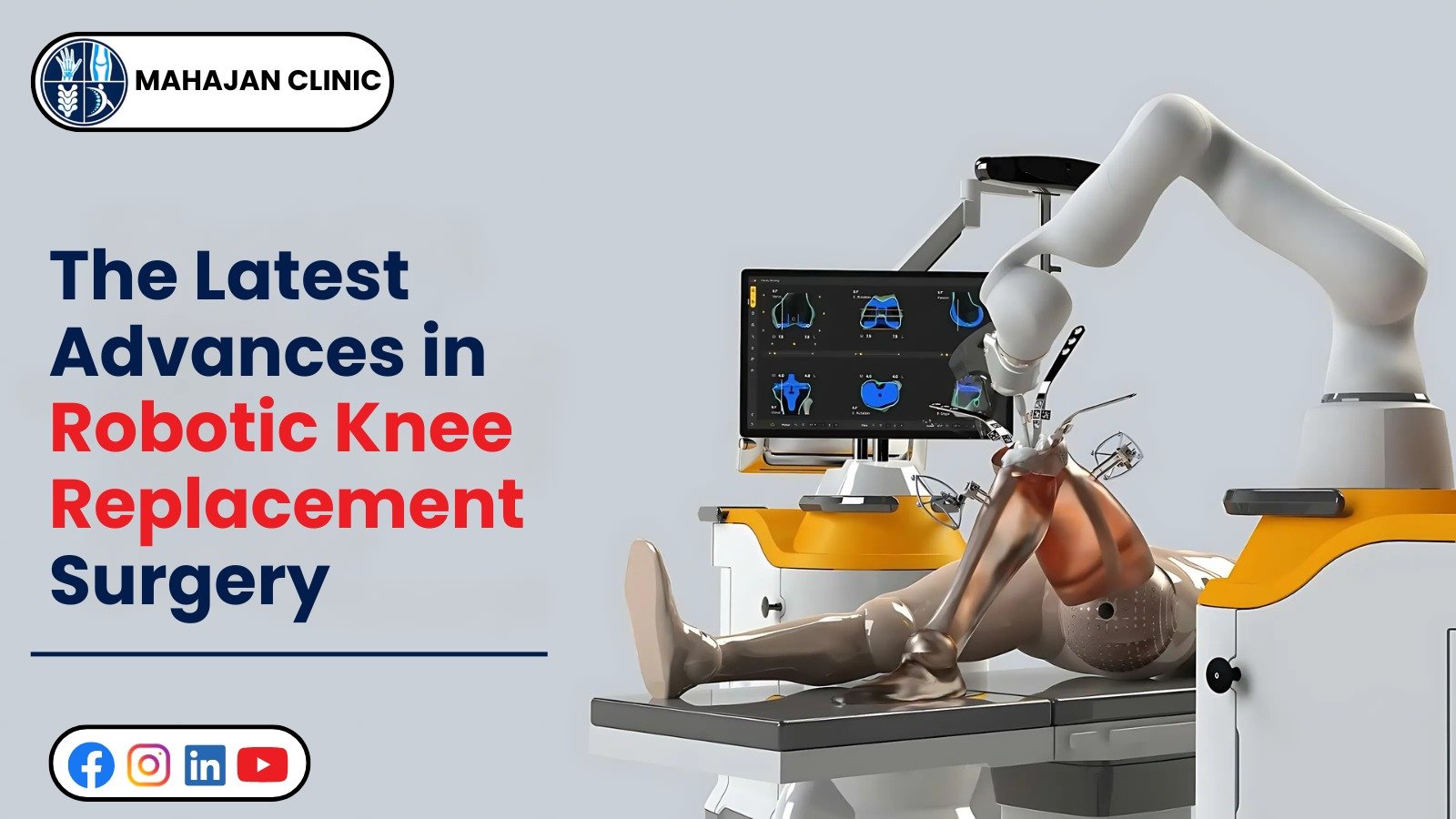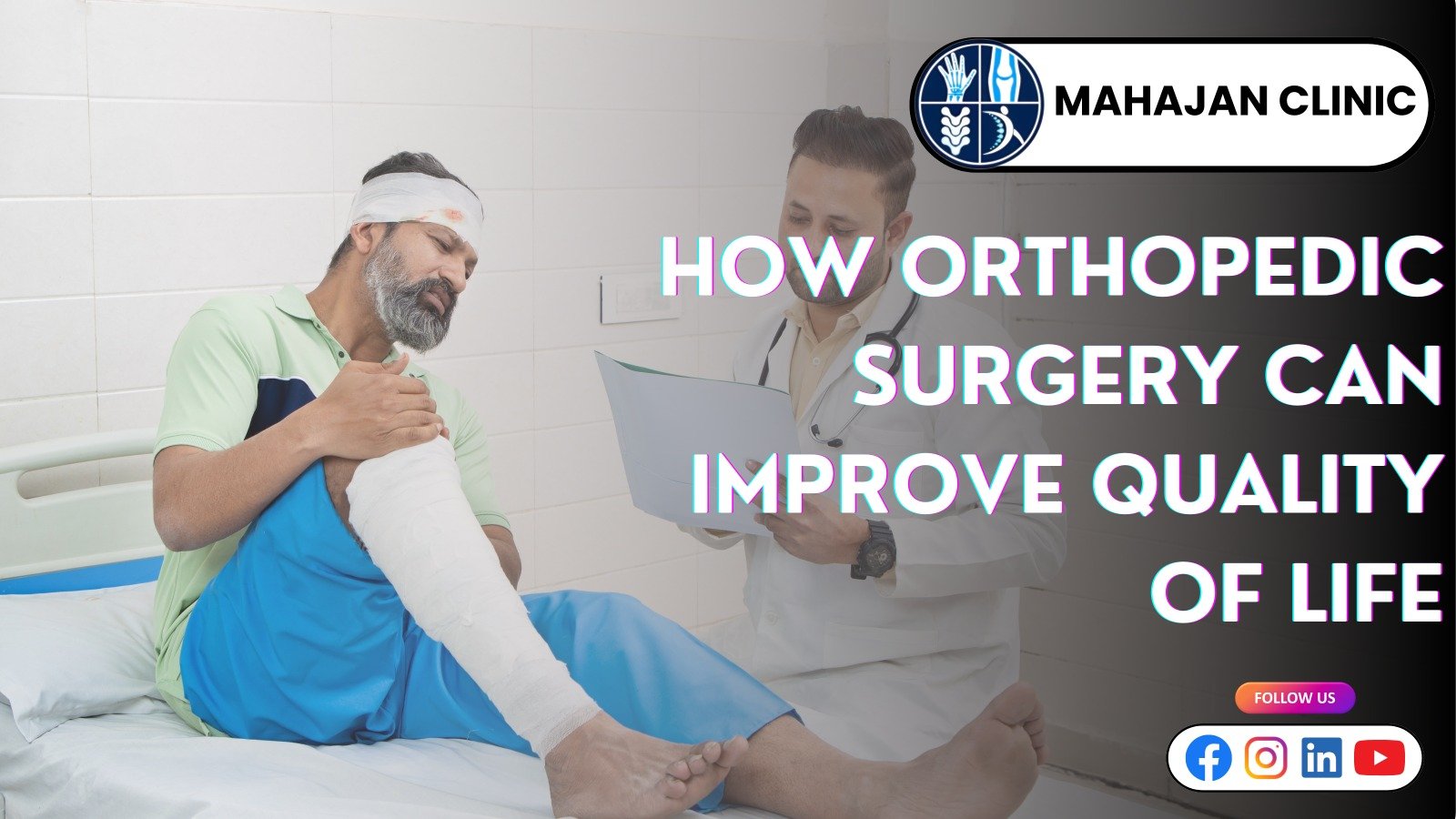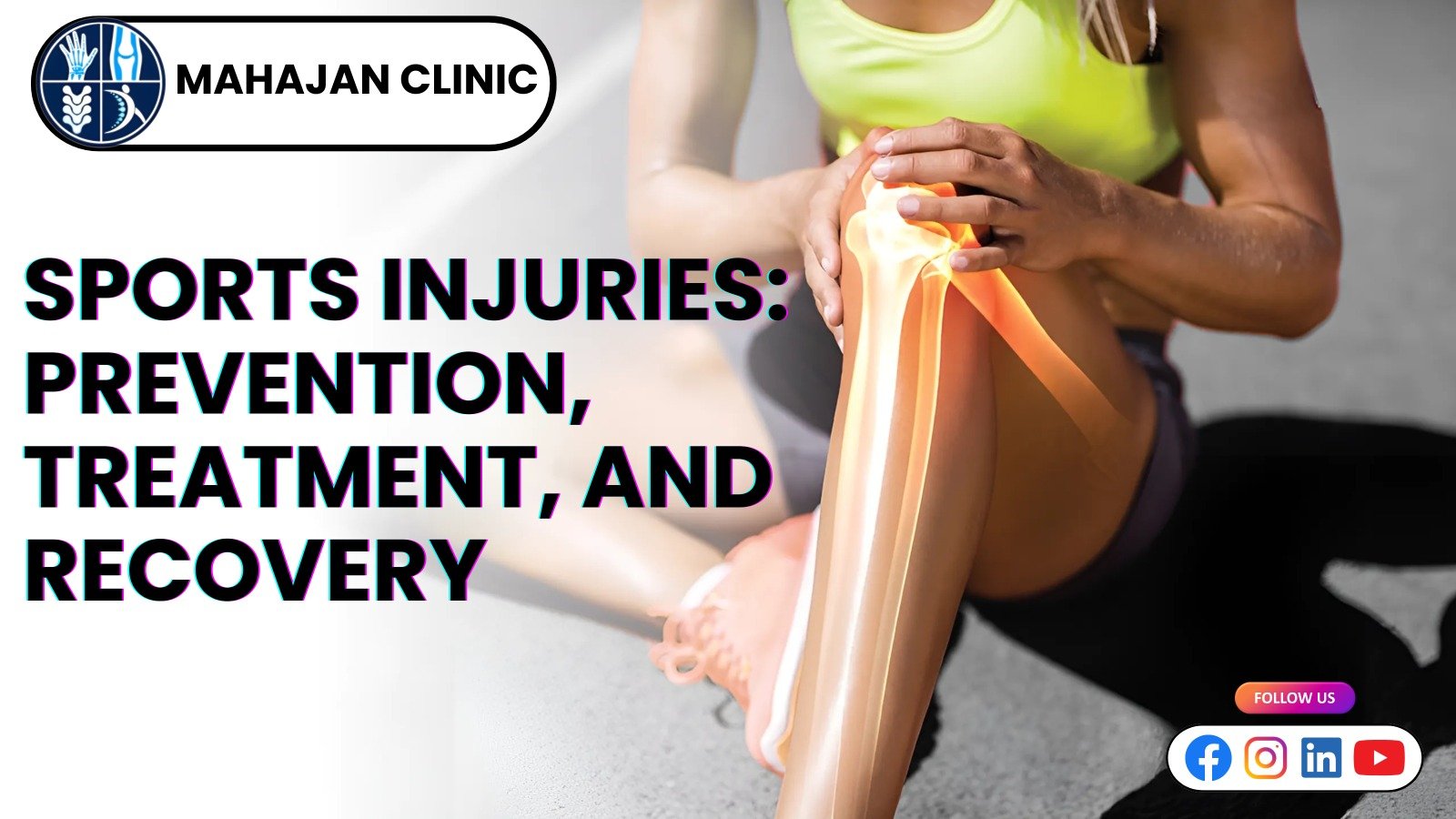Blog Details
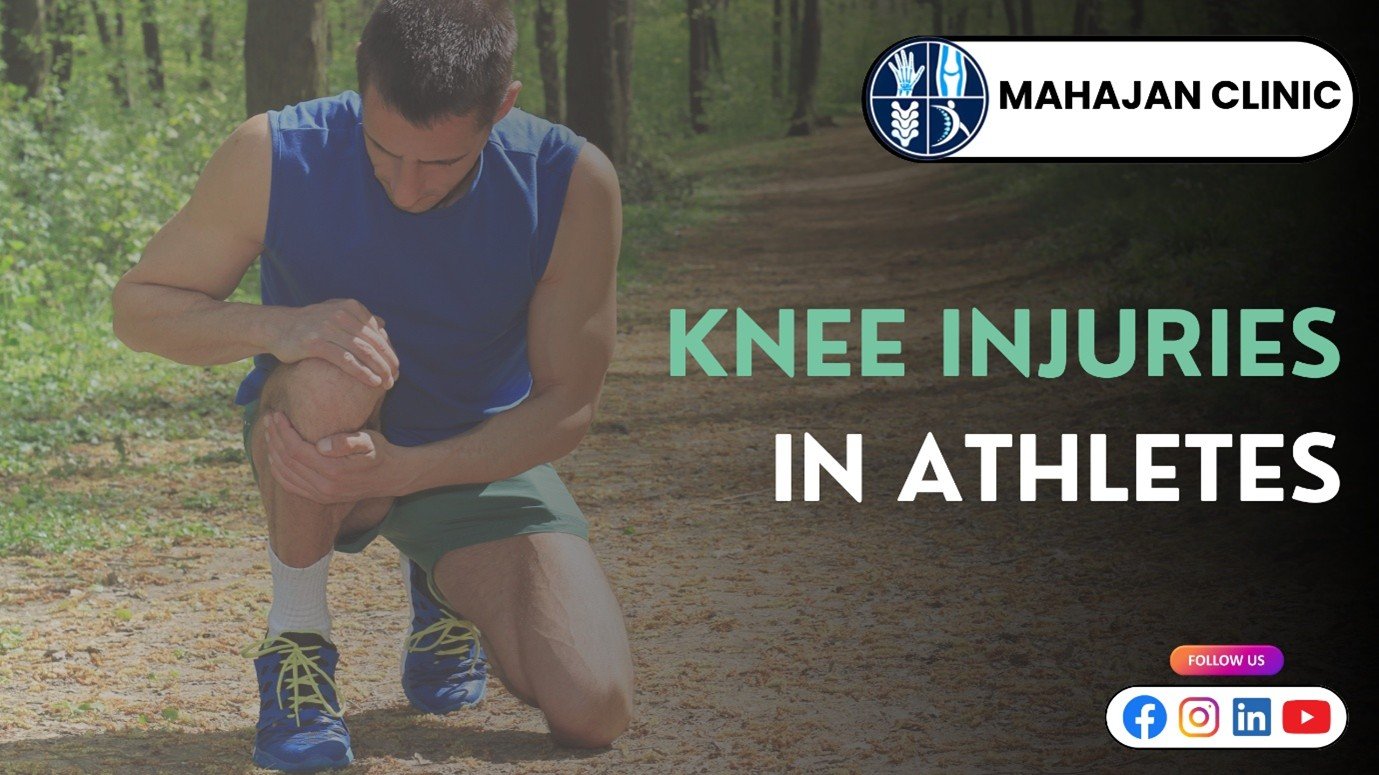
Knee Injuries in Athletes: Prevention, Treatment, and Rehabilitation
One of the strongest and most delicate joints in the human body is the knee. Because of the high physical demands of sports like football, basketball, running, and gymnastics, it's also one of the most injury-prone areas for athletes. Knee injuries in athletes can have disastrous effects on one's physical, emotional, and professional well-being. Even the best athletes can be sidelined by injuries like strained tendons, torn ligaments, or worn-out cartilage.
It's critical to comprehend how to avoid, manage, and recover from knee injuries in order to not only heal but also return to the field with greater strength and intelligence. Early intervention and a customized rehabilitation program can have a major impact on recovery time and long-term joint health, according to Dr. Rakesh Mahajan at Mahajan Clinic.
Let's examine the causes of these injuries, their management, and the most effective rehabilitation techniques.
Why Are Knee Injuries So Common in Athletes?
Each stride, jump, or pivot causes the knee joint to bend, rotate slightly, and absorb enormous impact, among other complex motions. This joint is regularly strained to its mechanical limits during sports. Repeated overuse, abrupt direction changes, and high-impact landings all raise the risk.
Some of the most common knee injuries in athletes include:
- Anterior Cruciate Ligament (ACL) Tear – Often caused by sudden stops or changes in direction.
- Meniscus Tear – Results from twisting motions, particularly while the foot is planted.
- Patellar Tendonitis – Known as jumper’s knee; caused by repetitive jumping and landing.
- Runner’s Knee – General term for pain around the kneecap due to overuse or improper tracking.
- Collateral Ligament Sprains – Often caused by a direct blow to the outside of the knee.
Minor strains that go away with rest or full ligament ruptures that need surgery are examples of these injuries.
Early Signs You Shouldn’t Ignore
Many athletes try to "push through" discomfort, frequently confusing early injury symptoms for soreness or exhaustion. But in order to stop more significant harm, early detection is essential.
Warning signs of knee injuries in athletes include:
- Persistent swelling or stiffness
- Pain during bending or straightening the knee
- Instability or a feeling like the knee might “give out”
- Popping or clicking sounds during movement
- Decreased range of motion
A professional evaluation and prompt treatment of these symptoms can minimize the need for surgery and speed up recovery.
Treatment Options: From Conservative to Surgical
The degree of damage determines the course of treatment for knee injuries. While more serious injuries like ligament tears frequently necessitate surgical intervention, minor injuries like mild sprains or inflammation may heal with conservative care.
Non-Surgical Treatments Include:
- R.I.C.E. Therapy: Rest, Ice, Compression, and Elevation help manage swelling and inflammation in the initial phase.
- Bracing: Supportive knee braces can protect the joint and prevent further injury during recovery.
- Physical Therapy: Strengthening muscles around the knee improves stability and helps restore normal function.
- Anti-Inflammatory Medication: Used to manage pain and swelling in the short term.
Surgical Interventions Might Include:
- Arthroscopic Surgery: A minimally invasive technique used to repair ligaments or trim torn cartilage.
- Ligament Reconstruction: Often required for torn ACLs or PCLs, using grafts to restore stability.
- Meniscus Repair: Preserves as much of the natural cartilage as possible, especially in young athletes.
Age, sport, level of competition, and long-term objectives are some of the factors that influence the decision between conservative and surgical treatment.
Smart Prevention Strategies
Preventing knee injuries in athletes calls for a combination of appropriate technique, clever conditioning, and strength training. Athletes, coaches, and trainers all contribute to preventing injuries.
Here are some successful tactics:
- Strengthen the Supporting Muscles: To relieve pressure on the knee, concentrate on your quadriceps, hamstrings, glutes, and calves.
- Warm Up and Cool Down Properly: Get the body ready for action and help muscles recover later.
- Cross-Training: To lessen repetitive strain, mix low-impact exercises like swimming or cycling with high-impact sports.
- Improve Technique: Injuries are frequently caused by improper running, jumping, or landing technique.
- Use the Right Gear: In certain sports, protective knee braces and appropriate footwear can have a significant impact.
- Train for Balance and Proprioception: The body responds more effectively to abrupt changes when neuromuscular control is strong, avoiding awkward movements.
Although prevention does not totally eliminate risk, it significantly reduces the possibility of significant harm.
The Role of Rehabilitation in Full Recovery
Healing really starts in rehabilitation. Rehabilitation aids in the restoration of strength, mobility, and coordination following either conservative or surgical treatment of an injury. For athletes, it's also essential for confidence and performance readiness.
A good rehabilitation program is divided into phases that progress over time:
1. Acute Phase (First few days to 2 weeks):
Focus on controlling pain and swelling, regaining gentle range of motion.
2. Strengthening Phase:
Once pain subsides, exercises target the muscles around the knee—especially the quads and hamstrings. This improves stability and balance.
3. Functional Training Phase:
Incorporates sports-specific drills like agility ladders, lateral movement, and plyometric exercises.
4. Return to Sport:
Only after passing strength and movement tests, athletes are cleared for full participation. Psychological readiness is also evaluated, as fear of re-injury can impact performance.
Mental Recovery Matters Too
Physical recovery is just one aspect of the process. Particularly following protracted layoffs, many athletes report experiencing anxiety, depression, or fear of re-injury. These issues must be addressed in rehab through confidence-boosting activities, mental health resources, and supportive coaching.
Athletes can remain emotionally strong and focused during their recovery by enlisting the aid of sports psychologists or counselling.
Returning to the Field Safely
Resuming sports too soon is one of the worst mistakes an athlete can make. Although there is a strong desire to compete, returning too soon can result in reinjury, which can occasionally be worse than the initial injury.
Here are some pointers for a secure return:
- Wait until full range of motion and strength is restored
- Perform sports-specific movement tests under supervision
- Maintain post-rehab conditioning even after returning
- Continue to use injury prevention techniques like stretching, bracing, and warm-ups
Performance in the short term should never take precedence over long-term joint health.
Overall Summary
Knee injuries in athletes may be common, however they don't have to define a person's career. Athletes can safely and confidently resume their best performance with careful prevention, prompt treatment, and focused rehabilitation. As with any sports-related injury, early diagnosis and expert guidance make all the difference. All athletes should prioritize their recuperation over returning to the game right away if they experience any knee pain, according to Dr. Rakesh Mahajan at Mahajan Clinic. Keep in mind that knee protection is an investment in your future athletic success.
